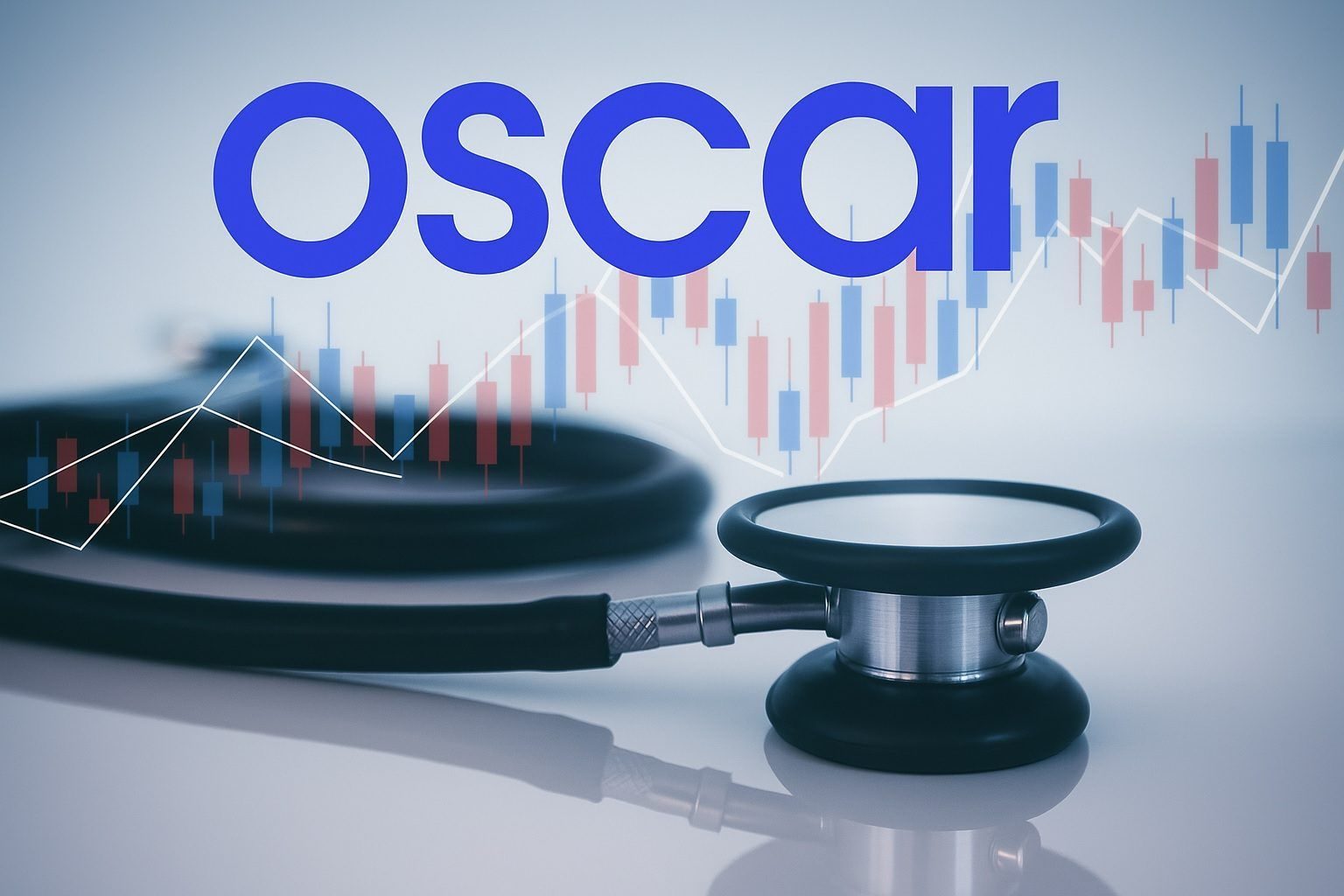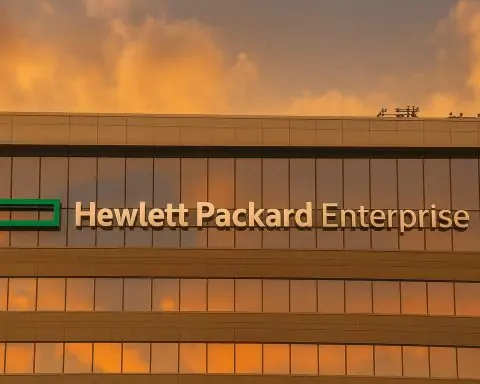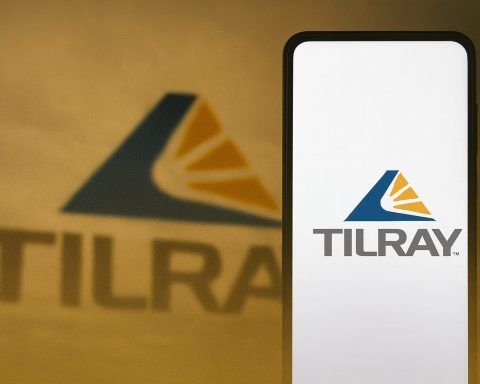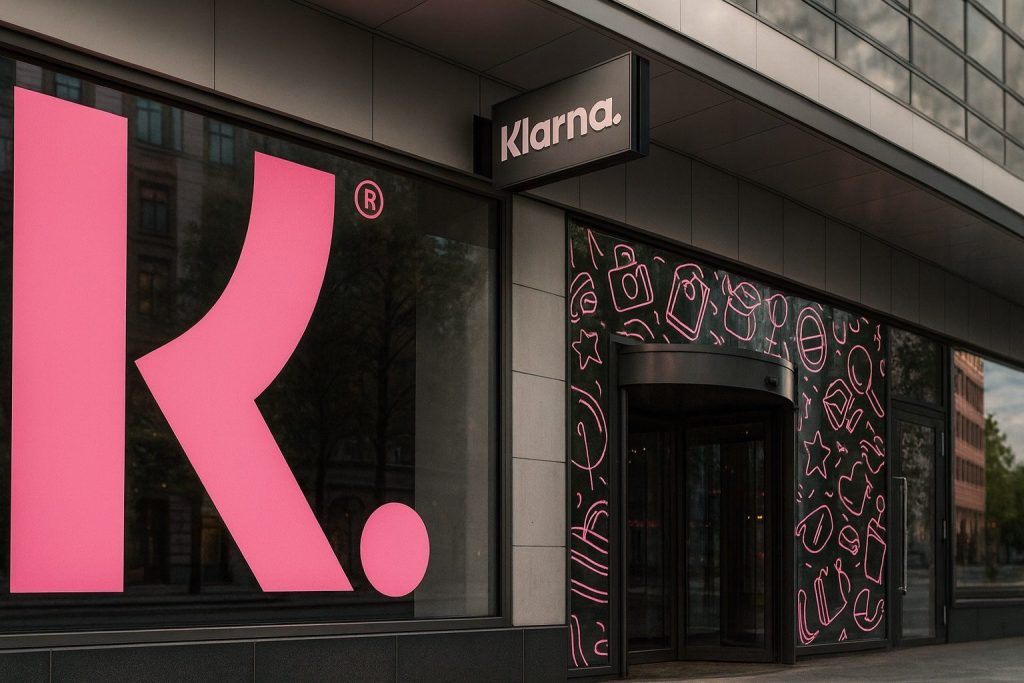Oscar Health Inc. (NYSE: OSCR) is back in the spotlight on Monday, November 24, 2025, as its stock surges on reports of a potential extension of Obamacare subsidies — just days after fresh analysis highlighted how AI-driven virtual care, new regional expansions, and a changing Wall Street stance are reshaping the company’s long-term story. [1]
ACA Subsidy Extension Talk Sends Oscar Health Shares Higher
Oscar Health shares jumped sharply in premarket trading on Monday after a report that the White House is preparing to propose a two-year extension of Affordable Care Act (ACA) subsidies, with new limits on who qualifies. [2]
- Investing.com reports that Oscar Health stock surged around 20% in early premarket trading after a Politico article suggested the administration could back a two-year extension of enhanced ACA subsidies, with eligibility capped at roughly 700% of the federal poverty line. [3]
- A separate RTTNews premarket movers report shows Oscar Health up about 15% to $15.47 as of 7:56 a.m. ET, putting the stock among the day’s top gainers. [4]
- Reuters later noted that Oscar Health was up roughly 13.8% alongside other ACA-focused insurers after headlines about potential subsidy extensions. [5]
Because Oscar is a pure-play ACA marketplace insurer, any policy that extends or stabilizes subsidies tends to reduce churn and support membership growth, which investors see as critical for its path to sustainable profitability. [6]
Recent Developments Are Rewriting Oscar Health’s Narrative
A widely shared Simply Wall St article — syndicated on platforms like Yahoo Finance — argues that “recent developments are rewriting the story for Oscar Health”, pointing to improving fundamentals, expanding AI-driven services, and shifting market sentiment. [7]
Key threads of this evolving story include:
- Rapid top-line growth and membership gains
- Aggressive expansion into new markets
- A deeper push into AI-powered virtual care
- Mixed but slowly improving views on Wall Street
- Rising institutional ownership alongside insider selling
Together, these factors are reshaping how analysts and investors think about Oscar — from a high-risk, heavily loss-making disrupter to a still-speculative but increasingly scaled platform betting on AI and digital engagement in health insurance. [8]
Q3 2025: Strong Growth, Thin Margins, Profitability Targeted for 2026
Oscar’s latest quarterly numbers give the backdrop for Monday’s policy-fueled rally:
- Revenue: Q3 2025 revenue rose about 23% year over year to roughly $2.93 billion, according to GuruFocus and MarketBeat’s earnings summary. [9]
- Membership: Total membership surpassed 2 million members, up about 28% versus the prior year, underscoring continued demand for its marketplace plans. [10]
- Margins: The medical loss ratio climbed to around 88–89%, and net margin remains slightly negative (around ‑1.5%, with EBITDA margin just under zero), highlighting ongoing profitability challenges despite scale. [11]
- Guidance: Management continues to target a return to profitability in 2026, helped by disciplined pricing, premium increases, and operating leverage. [12]
Analysts note that Oscar has delivered a small EPS beat (Q3 loss of about $0.53 per share vs. $0.55 expected) while missing slightly on revenue consensus, reinforcing the view that execution is improving, but the business is not out of the woods yet. [13]
AI-Driven Virtual Care: Oswell, HelloMeno and the Push for Lower Costs
The second major driver of the “new Oscar story” is technology — especially AI-powered virtual care.
A recent Simply Wall St piece titled “AI-Driven Virtual Care Expansion Could Be a Game Changer for Oscar Health (OSCR)” highlights how the company is weaving AI into its plans and care model: [14]
- Oscar is launching new tech-powered, affordable plans for the 2026 Open Enrollment period in Southern Florida, with a heavy emphasis on virtual care and AI-supported services. [15]
- The company is rolling out Oswell, an AI health agent that gives members 24/7 help with symptoms, medications and common test results, integrating deeply into how members navigate care. [16]
- New programs, including a first-of-its-kind menopause-focused offering (HelloMeno) and targeted support for chronic conditions and women’s health, aim to personalize care while keeping patients within Oscar’s preferred, lower-cost channels. [17]
The core thesis: if Oscar can use AI and virtual-first care to guide members toward cheaper but effective care settings, it could cut claims costs and improve margins over time — exactly what it needs to achieve its 2026 profitability goal.
However, Simply Wall St also stresses that these gains aren’t guaranteed. The benefits depend on:
- How quickly members adopt AI and virtual care tools
- Whether the technology actually reduces high-cost events (like ER visits or complex hospitalizations)
- How claims trends and morbidity evolve across Oscar’s rapidly expanding footprint [18]
Regional Expansion: Dallas–Fort Worth, Dayton and Employer Plans With Hy‑Vee
Alongside Florida, Oscar is accelerating its geographic and product expansion for the 2026 enrollment cycle:
- In Dallas–Fort Worth, Oscar is launching new affordable health insurance options for individuals, families and businesses on the ACA marketplace, promoting a “simple, personal and easy-to-use” tech-forward experience. [19]
- In Dayton, Ohio, Oscar is expanding access to “tech-powered” plans for more individuals, families and employers, again tied to the 2026 marketplace season. [20]
- A high-profile partnership with Hy‑Vee brings a concierge-style “Hy‑Vee Health with Oscar” plan to roughly 400,000 employees in Iowa’s Polk and Dallas counties. The plan offers:
- $0 unlimited primary care, urgent care and telehealth
- $0 routine labs
- $0 coverage for more than 100 generic medicines (with an estimated value of $2,400 per member)
- Hy‑Vee rewards for healthy behaviors
- 24/7 support from an Oscar Care Guide and the Oswell AI agent [21]
The Hy‑Vee product is structured as an ICHRA (individual coverage HRA) offering — employers set a predictable contribution, while employees pick Oscar plans on the individual market. For Oscar, that means more members routed through its digital platform without taking on the same risks as a traditional self-insured group plan. [22]
These moves give Oscar more scale in key regions and more touchpoints to prove that its AI and virtual-first model can work across different member types, not just ACA individuals.
Wall Street Zen Upgrade and the Analyst Scorecard
On November 22, Wall Street Zen upgraded Oscar Health from a “sell” to a “hold” rating, a change highlighted in a MarketBeat instant alert. [23]
Even with the upgrade, the broader analyst picture remains cautious:
- Across major firms, there are six Hold and five Sell ratings, producing an overall consensus of “Reduce”. [24]
- The average 12‑month price target sits near $13.14, not far from where the stock traded late last week, before Monday’s policy-driven pop. [25]
- Barclays recently raised its price target from $11 to $13 while maintaining an “Underweight” rating, reflecting modestly improved expectations but continued skepticism. [26]
In parallel, institutional ownership is rising:
- Envestnet Asset Management boosted its stake by about 200.9% in Q2 to more than 30,000 shares worth roughly $648,000, according to a 13F-based MarketBeat report. [27]
- Other large holders like Vanguard and T. Rowe Price have also increased positions, and institutional investors now control roughly three‑quarters of Oscar’s shares. [28]
At the same time, insiders are taking some money off the table: company co‑founder Mario Schlosser has sold several hundred thousand shares in recent weeks, though insiders still own a sizable stake overall. [29]
Valuation, Fair Value Estimates and Long-Term Outlook
Simply Wall St’s research indicates that analysts project Oscar’s revenue to reach about $12.4 billion by 2028, with earnings swinging from a current loss to roughly $245 million in profit, implying mid‑single-digit annual revenue growth and a sizeable improvement in profitability. [30]
Based on these forecasts, its model calculates a fair value per share in the mid‑teens, only slightly below or around recent trading levels — and notes that its fair value estimate has been nudged higher from about $12.38, reflecting gradually improving fundamentals. [31]
Other data providers point out that Oscar’s:
- Market cap is around $3.5–3.6 billion as of November 24, 2025 [32]
- Balance sheet leverage remains relatively modest, with a debt‑to‑equity ratio near 0.26 [33]
Still, investors are wrestling with the same core questions:
- Can Oscar translate digital engagement and AI into sustainably lower medical costs?
- Will ACA policy — including any subsidy extension — remain supportive beyond the next two years? [34]
- How will margins behave as membership scales and new markets like Florida, Texas and Ohio mature? [35]
For now, Monday’s rally shows how sensitive Oscar Health’s stock remains to policy headlines and sentiment about the ACA marketplace, even as a more nuanced, tech‑driven turnaround story takes shape underneath.
This article is for informational purposes only and does not constitute financial or investment advice. Always do your own research or consult a licensed financial advisor before making investment decisions.
References
1. www.investing.com, 2. www.investing.com, 3. www.investing.com, 4. www.rttnews.com, 5. www.reuters.com, 6. www.investing.com, 7. finance.yahoo.com, 8. www.gurufocus.com, 9. www.gurufocus.com, 10. www.gurufocus.com, 11. www.gurufocus.com, 12. www.gurufocus.com, 13. www.marketbeat.com, 14. simplywall.st, 15. simplywall.st, 16. www.gurufocus.com, 17. www.gurufocus.com, 18. simplywall.st, 19. www.businesswire.com, 20. www.stocktitan.net, 21. www.stocktitan.net, 22. www.stocktitan.net, 23. www.marketbeat.com, 24. www.marketbeat.com, 25. www.marketbeat.com, 26. www.gurufocus.com, 27. www.marketbeat.com, 28. www.marketbeat.com, 29. www.marketbeat.com, 30. simplywall.st, 31. finance.yahoo.com, 32. www.macrotrends.net, 33. www.gurufocus.com, 34. www.investing.com, 35. www.gurufocus.com







